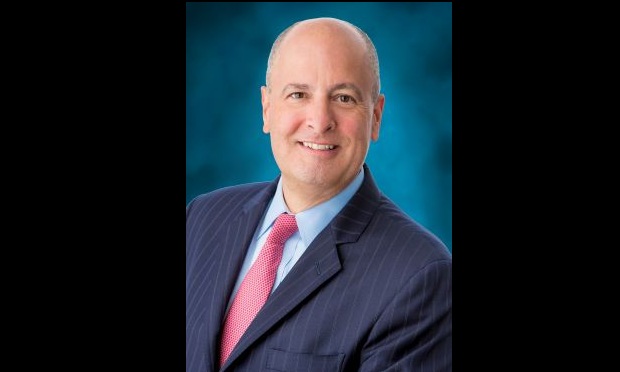NU Online News Service, Jan. 27, 2:11 p.m. EST
The revival of the New York Insurance Exchange will not have a huge impact on the insurance marketplace because the securities market is already filling the capacity needs of insurers, the Insurance Information Institute's president said.
Robert Hartwig made his comments in response to a question posed during a seminar yesterday titled "Insurance Megatrends for the Decade Ahead and Lessons Learned from the 2000s for the 2010s."
The event was sponsored by the I.I.I. and Fireman's Fund, a company of Allianz.
Mr. Hartwig said it is currently difficult to understand what the impact of the exchange will be on the insurance marketplace because so little is known about it. But at this point, he does not see the program, which would act as a syndicate similar to Lloyd's of London, having a major impact on the insurance industry.
He cited insurers' success reinsuring with catastrophe bonds through the equity markets He also noted that Lloyd's provides a major alternative for risks.
Mr. Hartwig was joined by Jay Ralph, Allianz SE board member for Insurance North American Free Trade Agreement Markets.
The two discussed four major trends that they see having significant impact on the insurance industry for the next decade:
o Catastrophe loss
o Climate change
o Digitization
o Demographics
Catastrophe losses will continue to rise in the coming decade, following the increasing trend in insurance losses beginning in the 1990s, said Mr. Hartwig.
While the United States and Europe account for the bulk of insured losses, the economic growth in China and India spell more insurance penetration eventually, he advised.
In the United States, more pressure will be placed on government to cover catastrophe risks the private markets refuse to cover, predicted Mr. Hartwig.
Mr. Ralph said as an insurer, Allianz is dealing with these challenges by pooling and swapping risks and turning to capital markets for capacity.
Climate change remains a complex global issue that will place a burden on insurers to meet the demands for emerging risks for green buildings, professional liability and environmental issues, said Mr. Hartwig.
The promise of technology, he said, means improved pricing formulas for insurance and empowering consumers with choices and information, he noted.
But, technology does not seem to be leading to the demise of the insurance agent, noted Mr. Hartwig. Overall, he said, statistically the number of agents handling business appears to be unchanged, and there is no reason to believe that this will change in the decade ahead.
Mr. Ralph remarked that greater connectivity in the decade ahead will give insurers the ability to provide more services to clients.
As Americans hold off retiring, it will present challenges for insurers, said Mr. Hartwig. He noted statistics show older workers are more prone to injury and take more time off from work for illness.
There is also a higher rate of auto accidents and death among those age 75 and up, Mr. Hartwig said, noting that the rate of death from auto accidents for this age group is almost equal to teens.
An aging workforce will also mean more lawsuits for age discrimination, he added.
Want to continue reading?
Become a Free PropertyCasualty360 Digital Reader
Your access to unlimited PropertyCasualty360 content isn’t changing.
Once you are an ALM digital member, you’ll receive:
- Breaking insurance news and analysis, on-site and via our newsletters and custom alerts
- Weekly Insurance Speak podcast featuring exclusive interviews with industry leaders
- Educational webcasts, white papers, and ebooks from industry thought leaders
- Critical converage of the employee benefits and financial advisory markets on our other ALM sites, BenefitsPRO and ThinkAdvisor
Already have an account? Sign In Now
© 2025 ALM Global, LLC, All Rights Reserved. Request academic re-use from www.copyright.com. All other uses, submit a request to [email protected]. For more information visit Asset & Logo Licensing.








